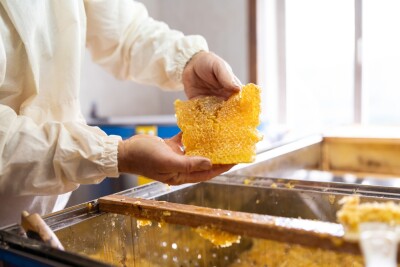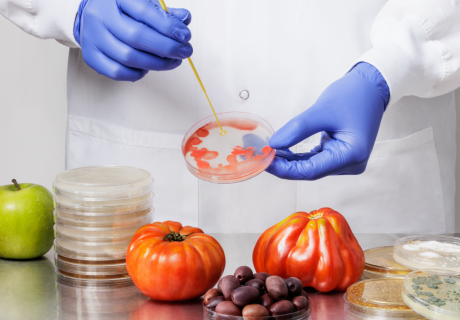Patient Handout: Guide to Fermented Foods

Fermented foods are produced when microorganisms convert the carbohydrate in a food to lactic acid. Fermentation is a great way to preserve foods, but also creates beneficial probiotics to support a healthy gut microbiome. Fermented foods have been shown to improve digestive function, enhance the immune system, and improve nutrient absorption. When consumed as part of an overall healthy diet, fermented foods also lower blood pressure, blood sugar and cholesterol, and improve the gut-brain connection. Choose at least one serving of fermented food daily.
Yogurt
Yogurt is a fermented milk product but can also be made from nondairy milks such as coconut, soy, or almond. Yogurt should be plain with no added sugar or unhealthy additives and should contain live, active cultures. Eat yogurt in a smoothie, topped with fresh fruit and nuts, or incorporate it into a healthy dip recipe.
Kimchi
Kimchi is a traditional Korean dish served by itself or as a condiment. It’s typically made from fermented cabbage or radishes and has a spicy flavor.
Sauerkraut
Sauerkraut is made by fermenting cabbage and is easy to make at home. If you choose store-bought sauerkraut, look for a refrigerated product with live cultures. Sauerkraut is often eaten as a condiment or a side dish.
Vinegars
Vinegars are made by fermenting wine, cider, or beer. They provide a tangy flavor and are often added to salad dressings and marinades. Apple cider vinegar with the mother is especially rich in probiotic bacteria to support the gut microbiome.
Natto
Natto is a fermented soy product popular in Japanese cuisine. It is made by soaking soybeans, boiling them and then adding bacteria and allowing it to ferment. Natto is often served as a side dish.
Editor’s Note: This is an excerpt from the e-book, Nutrition Foundations for the Gut Microbiome. To access the full text, click here.




















SHARE